#byzantine art
Text
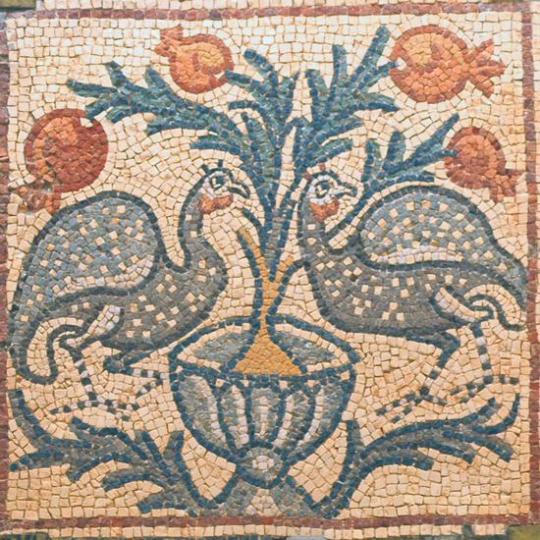


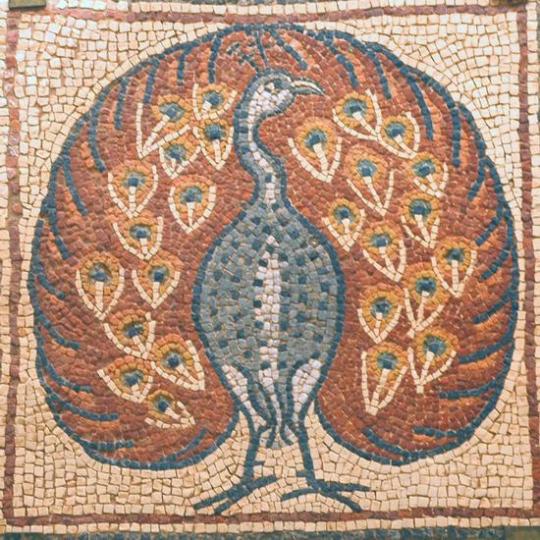
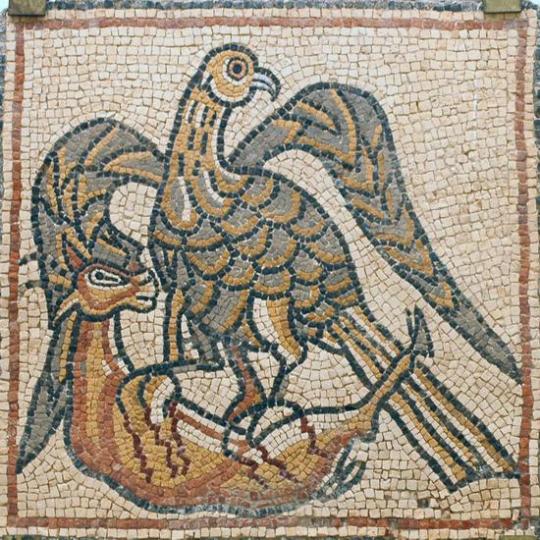


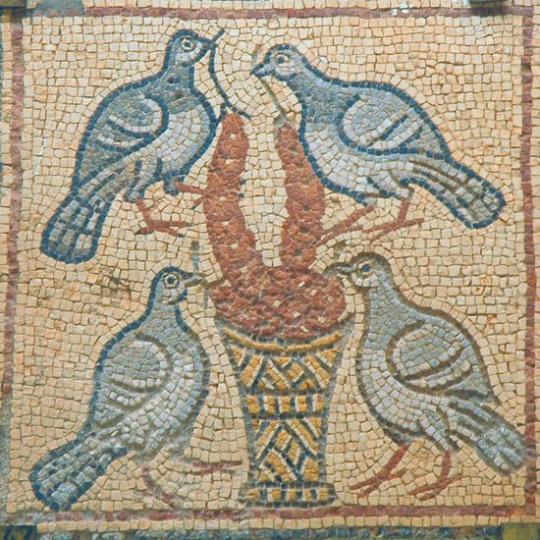
birds from the Theodorias, East Church mosaics in the Qasr Libya museum, ca. 540 CE, via livius.org.
#mosaics#byzantine art#also one uhm. large lizard. there's also a lizard#on which that duck is standing#libya#north africa
3K notes
·
View notes
Text

Gold and emerald necklace, Byzantine, 6th-7th century AD
from Christies
681 notes
·
View notes
Text

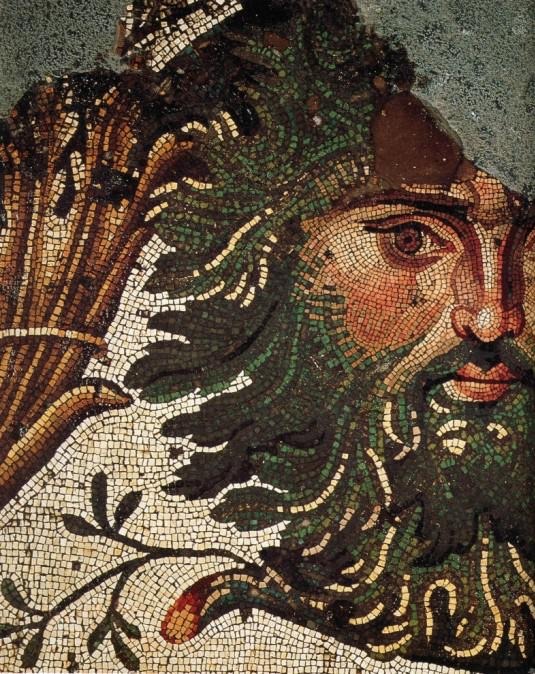
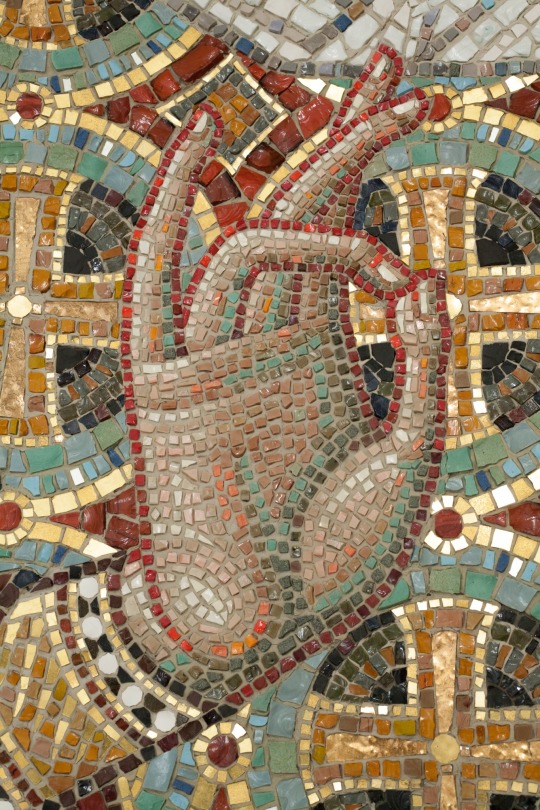

Byzantine mosaics, assorted locations
#byzantine#byzantine art#mosaic#glass#hagia sophia#leopard war#everyone get ready for the leopard war#biblically accurate angel#wheel angel#green man
8K notes
·
View notes
Text
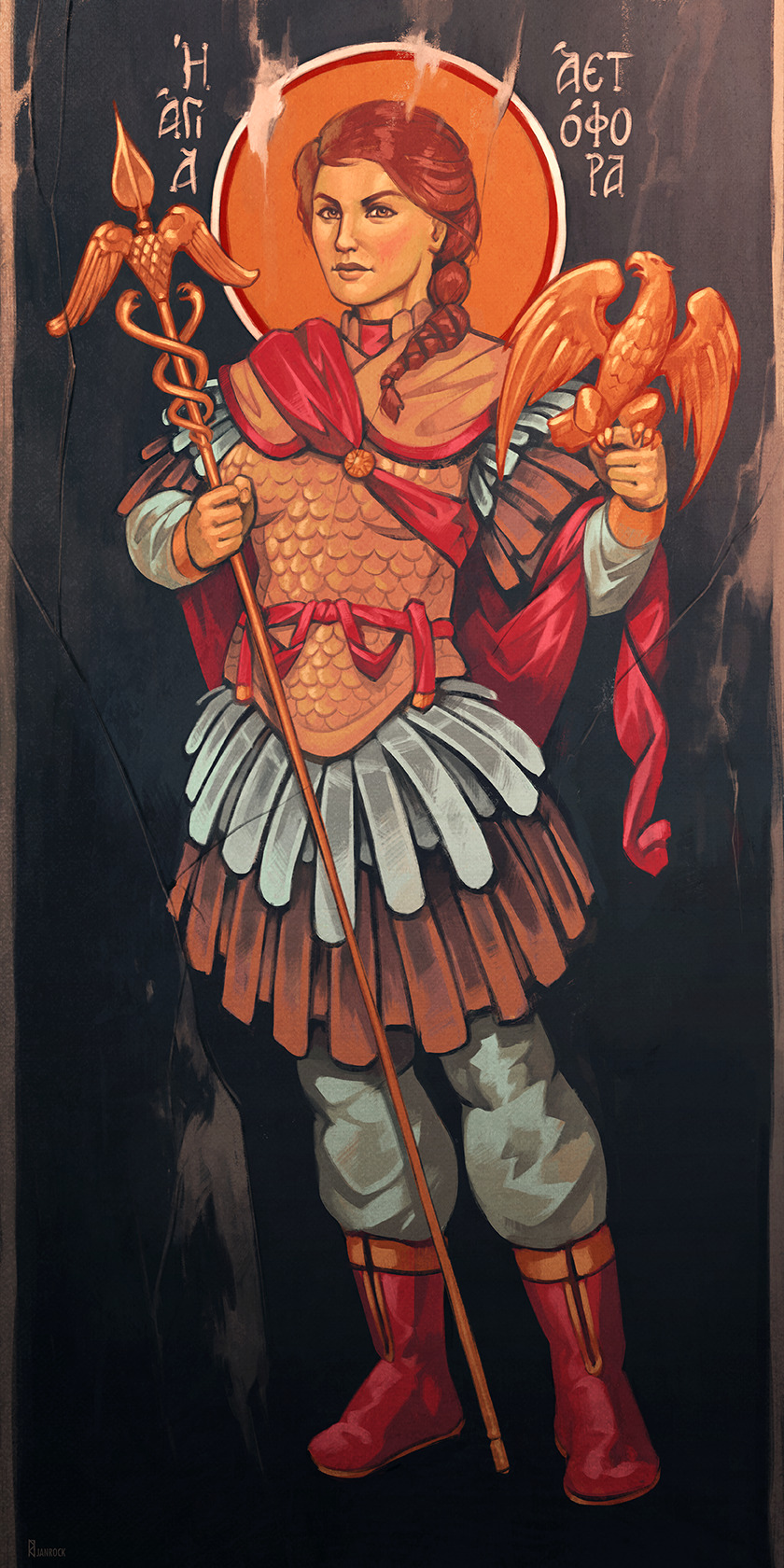
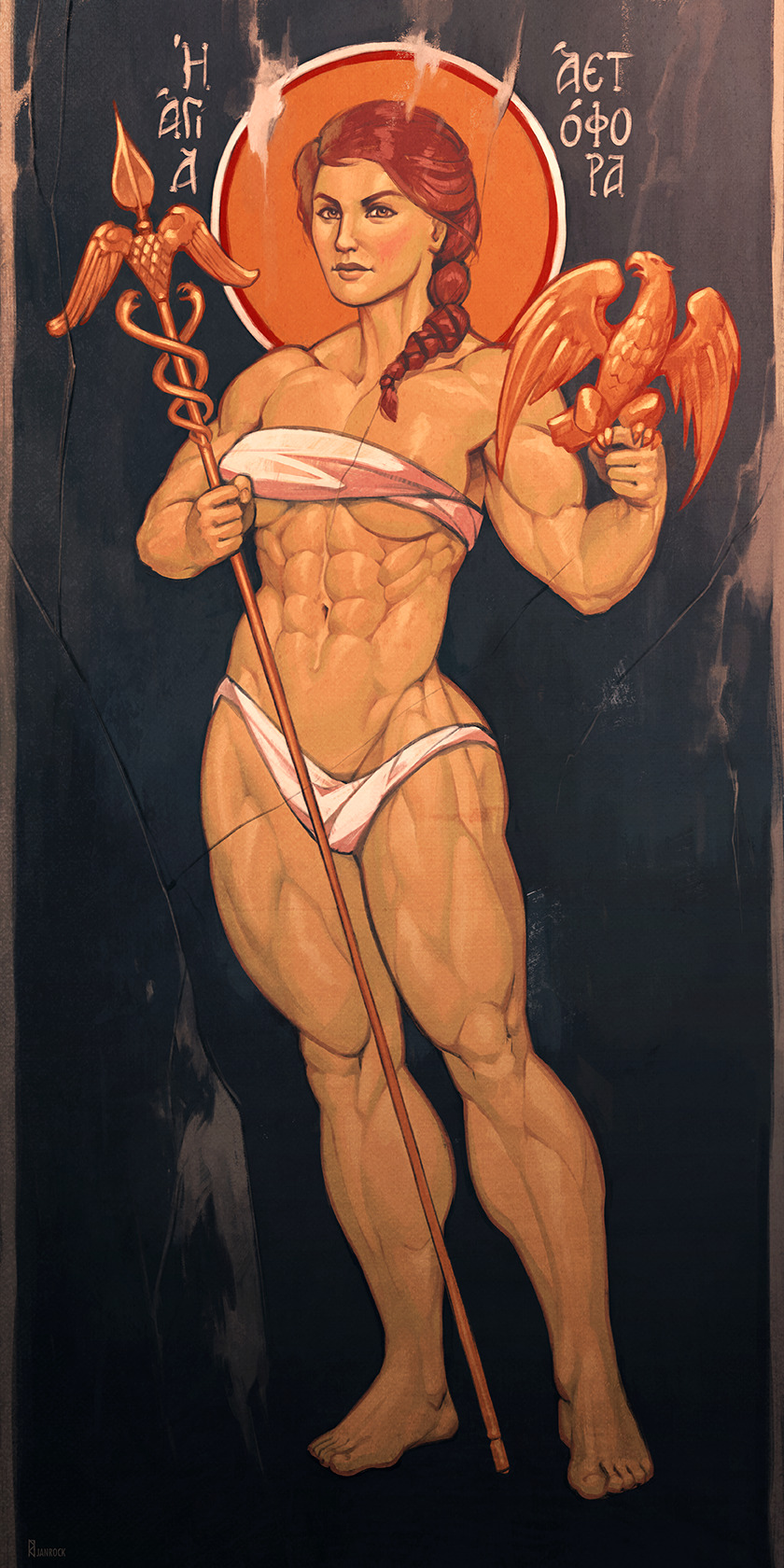
Saint Kassandra Aetophora
517 notes
·
View notes
Text

Gold pendant earrings with glass and pearls, Byzantine, 6th-7th century AD
from The Museum of Fine Arts Boston
825 notes
·
View notes
Text
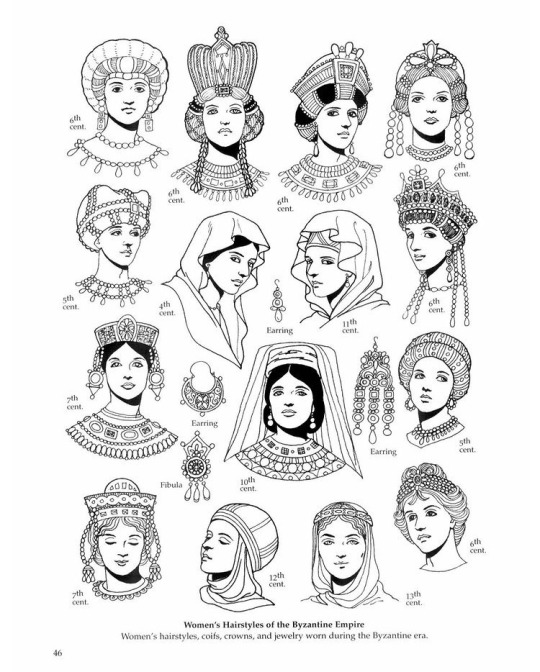
Women’s hairstyles of the Byzantine Empire.
#byzantine#byzantine art#byzantine empire#byzantine woman#byzantium#rome#roman empire#art history#byzantine era#witchy aesthetic#witchy woman#sorceress#priestess#goddess#queen adornments
704 notes
·
View notes
Text

Painting by the Japanese illustrator and designer Ayami Kojima, made for Akumajō Dracula Best Music Collections BOX
This macabre work, showcasing a duality play between light (gold) and dark (red), is heavily inspired by Byzantine icons.
Byzantine art is a term for art produced in the Byzantine Empire in the time span between about c. 330 to the fall of Constantinople in 1453. This art is primarily characterized by rigid forms of expression and characters presented in static postures, which is a way of communicating their divine, heavenly nature. The more static they are, the further they are from mortals regarding them. Such is the logic of Byzantine art, where in this way each figure on the panel is situated in the higher planes of existence.
Simon Belmont is shown in a saintly manner, on a background of gold, which was in Byzantine art created from real gold leaves. His garments are crosses and he is surrounded by six-winged Seraphim angels, considered to be closest to God.
On right there is the antithesis, Dracula, on a background of blood-red. A simple stylized city is shown behind the theatrically dark-clad Dracula, and a many-tailed dragon roars before his feet. In this way he is presented as the saint of death, as the Dragon is a mythical being most closely associated with evil and destruction. In the Biblical book of Revelation, a seven-headed dragon appears in sky, being one of the heralds of the End Times.
-Heidi (@theatrum-tenebrarum)
#castlevania#dracula#simon belmont#art#dark#dark art#gothic#goth#video#art history#art historian#byzantine#byzantine art#medieval art#gothic art#devil#dragon#dracula art#esoteric#occult#theoccultinpopularmedia#own
684 notes
·
View notes
Text

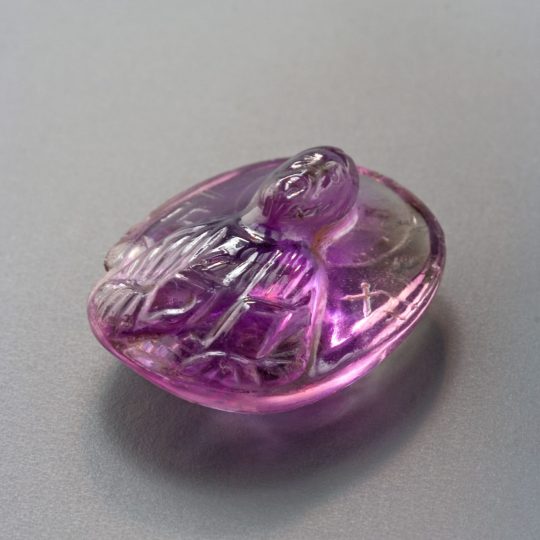
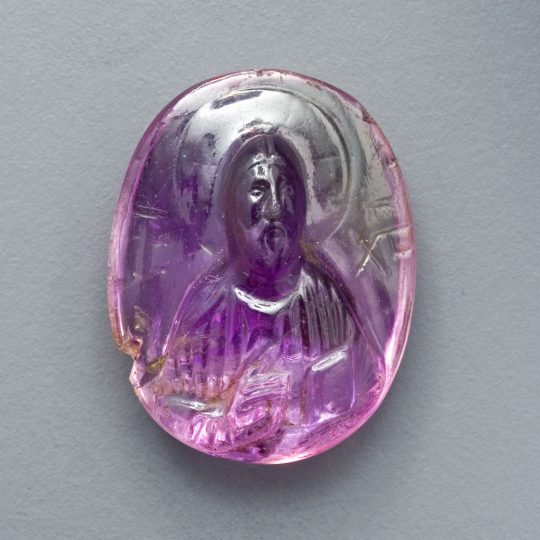
Byzantine Amethyst Cameo of Christ Pantokrator
Byzantine · 11th - 12th century A.D.
#Byzantine Amethyst Cameo of Christ Pantokrator#11th - 12th century A.D.#amethyst#ancient artifacts#archeology#archeolgst#history#history news#ancient history#ancient culture#ancient civilizations#byzantine history#byzantine empire#byzantine art
129 notes
·
View notes
Text


More for #InternationalZebraDay: zebras in a Byzantine Greek illuminated manuscript of the Book of Job, c. 1362.
BnF Grec 135, f. 100r and 224r.
#zebra#zebras#mammals#illustration#manuscript#illuminated manuscript#medieval manuscript#Byzantine#Greek#medieval art#Byzantine art#Greek art#14th century#Book of Job#BnF#Bibliothèque nationale de France#International Zebra Day#animals in art
526 notes
·
View notes
Text

Byzantine icon of the Madonna (Theotokos) and Child, of the type known as Hodegetria (Our Lady of the Way): Mary gestures toward the infant Christ, who in turn raises his hand in a sign of blessing. The type originated in a now lost icon from the Monastery of the Panagia Hodegetria in Constantinople that was said to have been painted by St. Luke. This example, by an unknown artist, dates to the 14th century and is in the MUZA, Valletta, Malta.
#art#art history#Middle Ages#medieval#medieval art#Byzantine#Byzantine Empire#Byzantine art#icon#iconography#religious art#Christian art#Christianity#Orthodox Christianity#Eastern Orthodox#Madonna and Child#Theotokos#Hodegetria#14th century art#MUZA
175 notes
·
View notes
Text



bird details from the incredible Byzantine Wall Mosaic in the Rotunda of St. George, Thessaloniki.
photo source links in the pictures for the ones from twitter, the others by Helen Miles
#mosaic#Byzantium#byzantine art#this is sooo beautiful and i never heard of it! also yes i think that last one probably depicts a parrot despite the shape. not a lot of#green birds with neck bands around in this general area even if the beak shape is way off. well idk#thessaloniki
722 notes
·
View notes
Text

Red jasper cup with gilt copper fittings, Byzantine, 900-1000 AD
from The Cleveland Museum of Art
688 notes
·
View notes
Text


Gandalf in contemporary Byzantine style by Fabio Leone (digital painting)
137 notes
·
View notes
Text

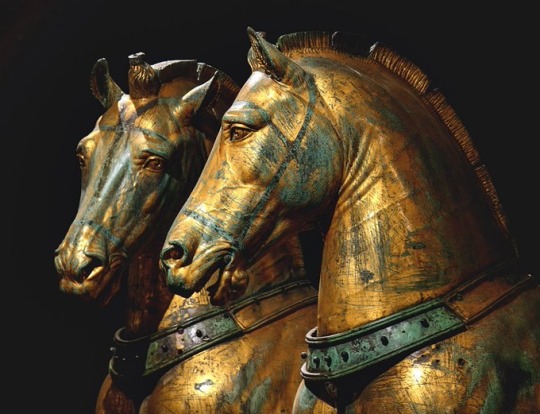


Triumphal quadriga, taken from the Hippodrome during the sack of Constantinople, 1204. Now located inside St. Mark’s Basilica in Venice
#fourth crusade#aka the robber’s crusade#i was going to say the murder crusade but that’s kinda all of them isn’t it?#byzantine#constantinople#roman art#byzantine art#these horses are virgos#rome#statue#bronze statue#cast bronze#but really dirty copper
110 notes
·
View notes
Photo

MWW Artwork of the Day (4/19/23)
Byzantium (c. 350-1453 CE)
Central panel: Barberini Diptych (Early 6th c.)
Ivory relief sculpture
Musée du Louvre, Paris
The work combines on the one hand a classic theme of the total power of the victorious emperor, crowned by Victory, whose universal rule is synonymous with peace and prosperity, and on the other hand the theme of Christian victory brought by Christ's patronage and blessing of the emperor. The sculpted motif is a triumphant figure of an emperor on a rearing horse. In his right hand the emperor holds the butt of a lance, the other end pointed towards the ground, and in his left he holds his horse's reins. Behind the lance is the figure of a barbarian, identified as such by his hair, his bushy beard and above all by his clothes - his curved cap (similar to a Phrygian cap), indicating an eastern origin, a long-sleeved tunic and baggy trousers.
For more Byzantine art, see this MWW Special Collection:
https://www.facebook.com/media/set/?vanity=TheMuseumWithoutWalls&set=a.419770264795015
121 notes
·
View notes
Text

Amphora shaped rhyton, Eastern Roman/ Byzantine, 400-600 AD
from the J. Paul Getty Museum
634 notes
·
View notes

